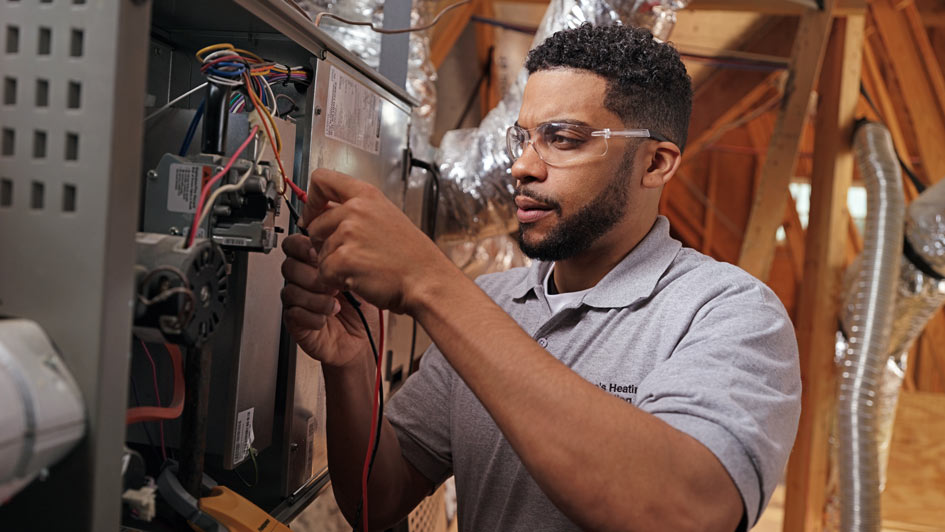Blog
Serving Thedford and These Areas
About Taylor's Heating & Air Conditioning
At Taylor's Heating & Air Conditioning, your home comfort is our top interest. That’s why we provide lasting HVAC systems and excellent work in Thedford. Our pros are skilled in a full selection of services, so you can feel confident in your results. They’ll offer the support you are seeking, whether it’s installing an updated HVAC system or working on and maintaining your present system. We’re here to provide support for all of your needs, so call us at 519-296-4437 or contact us online to get an appointment right away.
Taylor's Heating & Air Conditioning
9267 Widder Road
Thedford, ON
Phone: 519-296-4437
Email: [email protected]
© 2024 Taylor's Heating & Air Conditioning | All rights reserved




